 Conservationists striving to prevent species from going extinct find it tricky enough to save Canada’s most magnificent and iconic animals, like southern resident killer whales, mountain caribou or grizzly bears. But most of the 640 wildlife now listed under Canada’s Species at Risk Act are flora and fauna that don’t get time in the spotlight. More than a third of at-risk species are plants, mosses and lichens most people would probably walk past without a second glance. Another 30 per cent are slimy, slithery, creepy creatures that folks might well notice but find repellent. But critters like slugs, bugs and snakes are critical to ecosystems, too, and deserve a lot more love. So, Canada’s National Observer asked three B.C. biologists to champion a less charismatic creature they think is fascinating and deserves a little public adoration.
Conservationists striving to prevent species from going extinct find it tricky enough to save Canada’s most magnificent and iconic animals, like southern resident killer whales, mountain caribou or grizzly bears. But most of the 640 wildlife now listed under Canada’s Species at Risk Act are flora and fauna that don’t get time in the spotlight. More than a third of at-risk species are plants, mosses and lichens most people would probably walk past without a second glance. Another 30 per cent are slimy, slithery, creepy creatures that folks might well notice but find repellent. But critters like slugs, bugs and snakes are critical to ecosystems, too, and deserve a lot more love. So, Canada’s National Observer asked three B.C. biologists to champion a less charismatic creature they think is fascinating and deserves a little public adoration.
- Slugs: Blue-grey Taildropper (Prophysaon coeruleum)
- Bugs: Propertius duskywing or western oak duskywing (Erynnis propertius)
- Reptiles: Sharp-tailed snake (Contia tenuis)


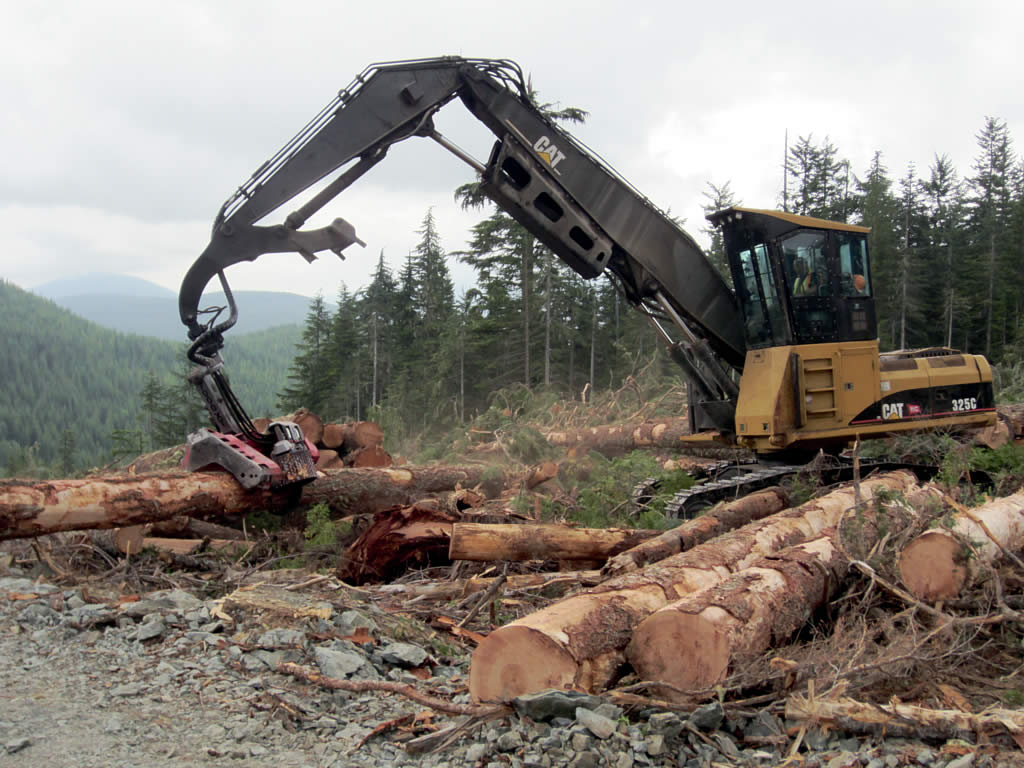

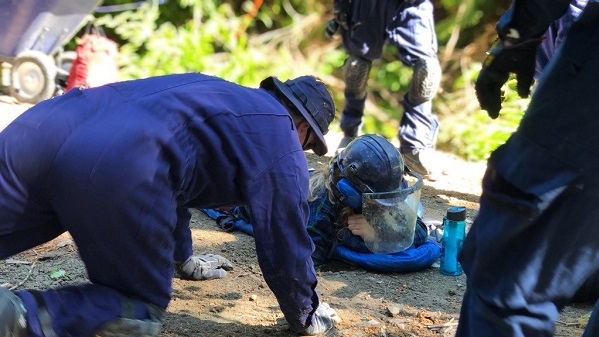





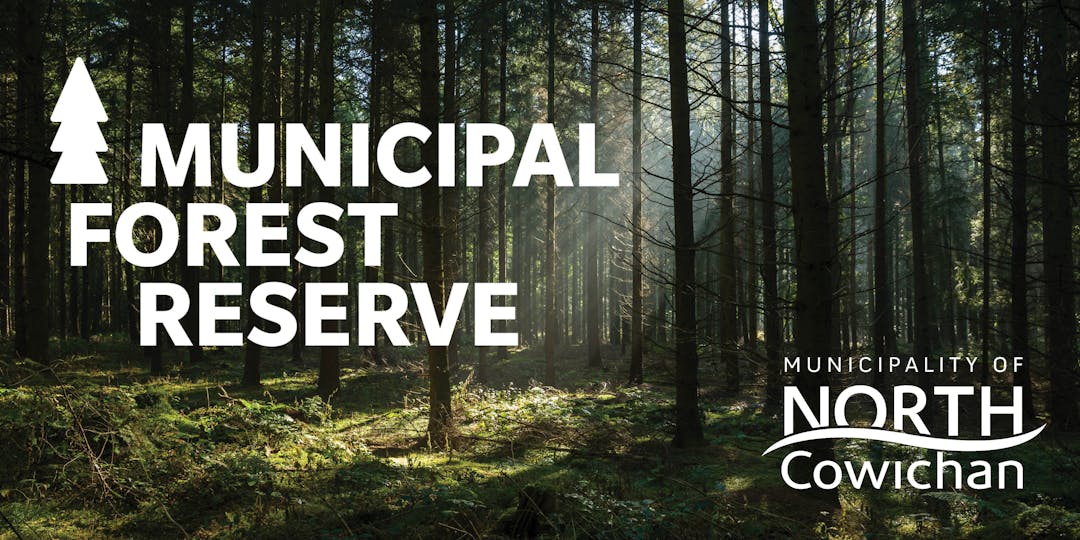


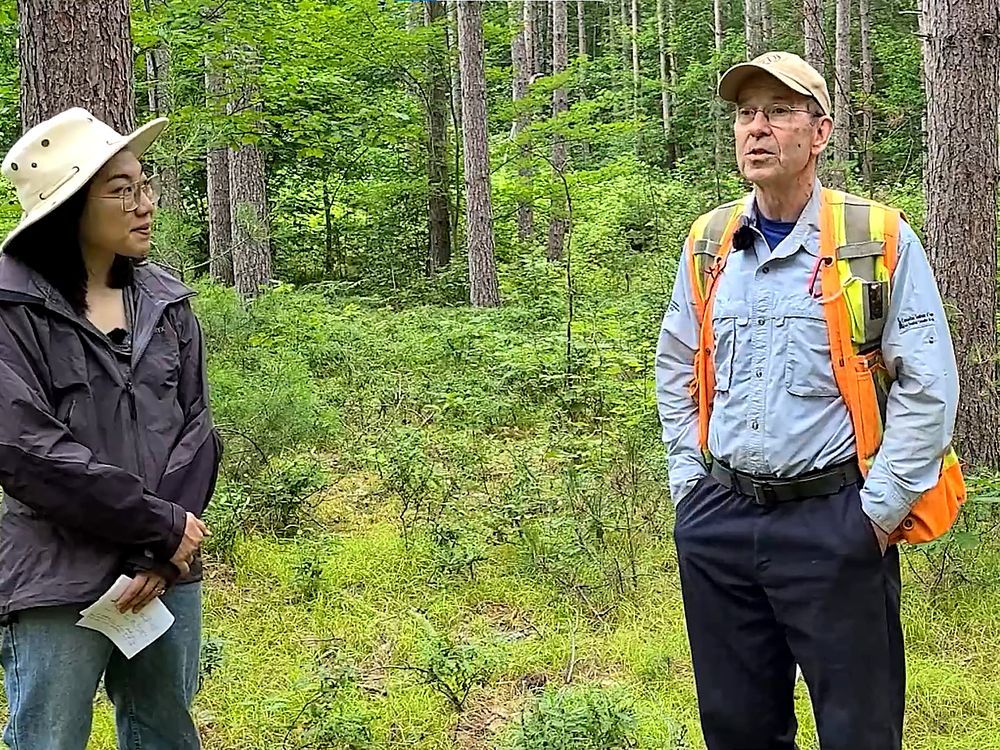
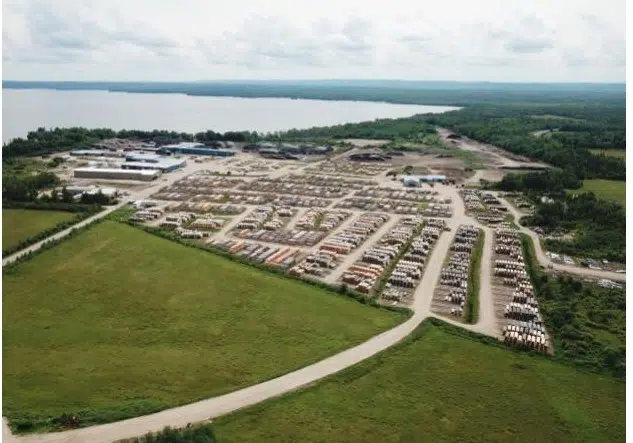
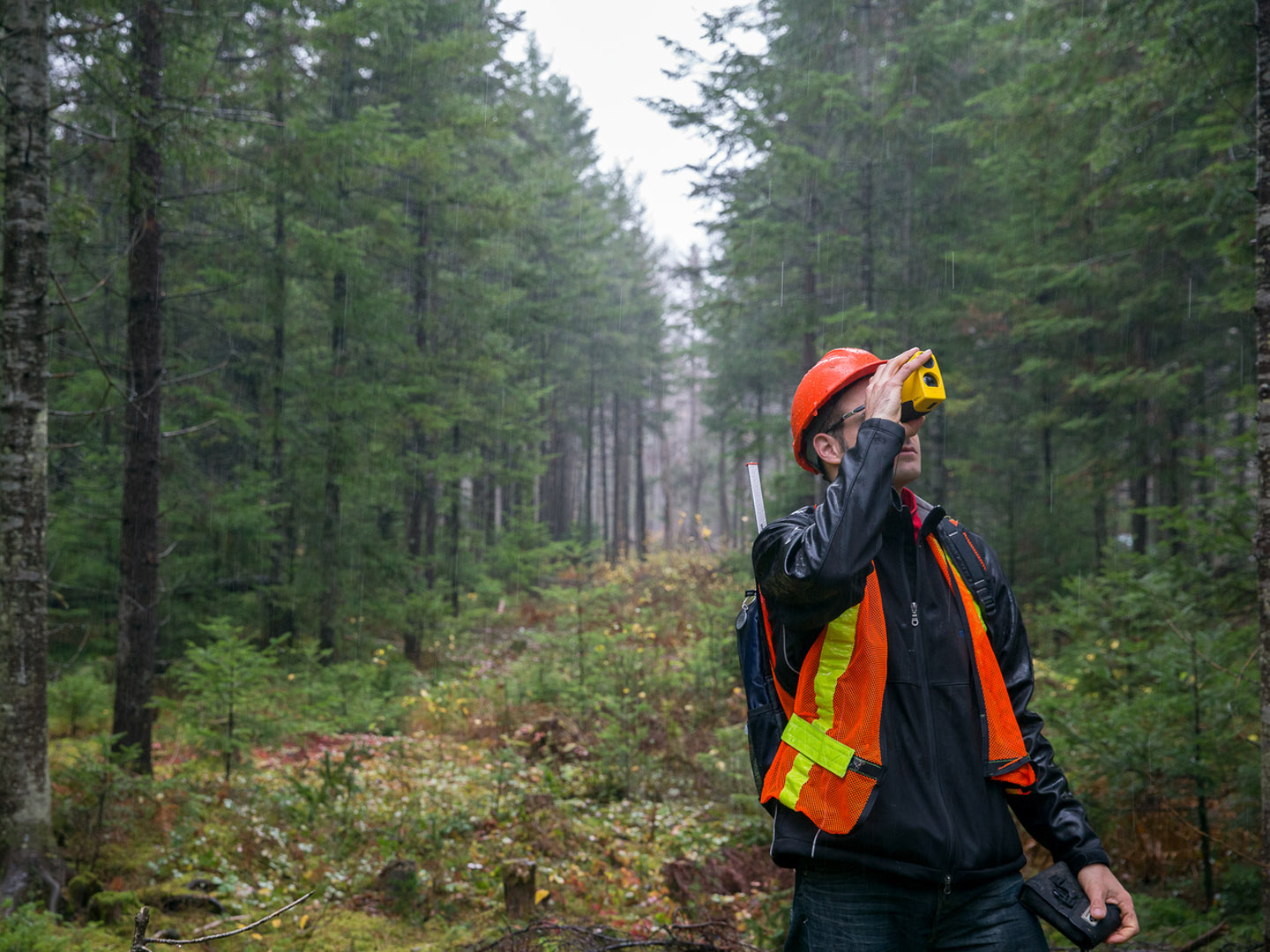


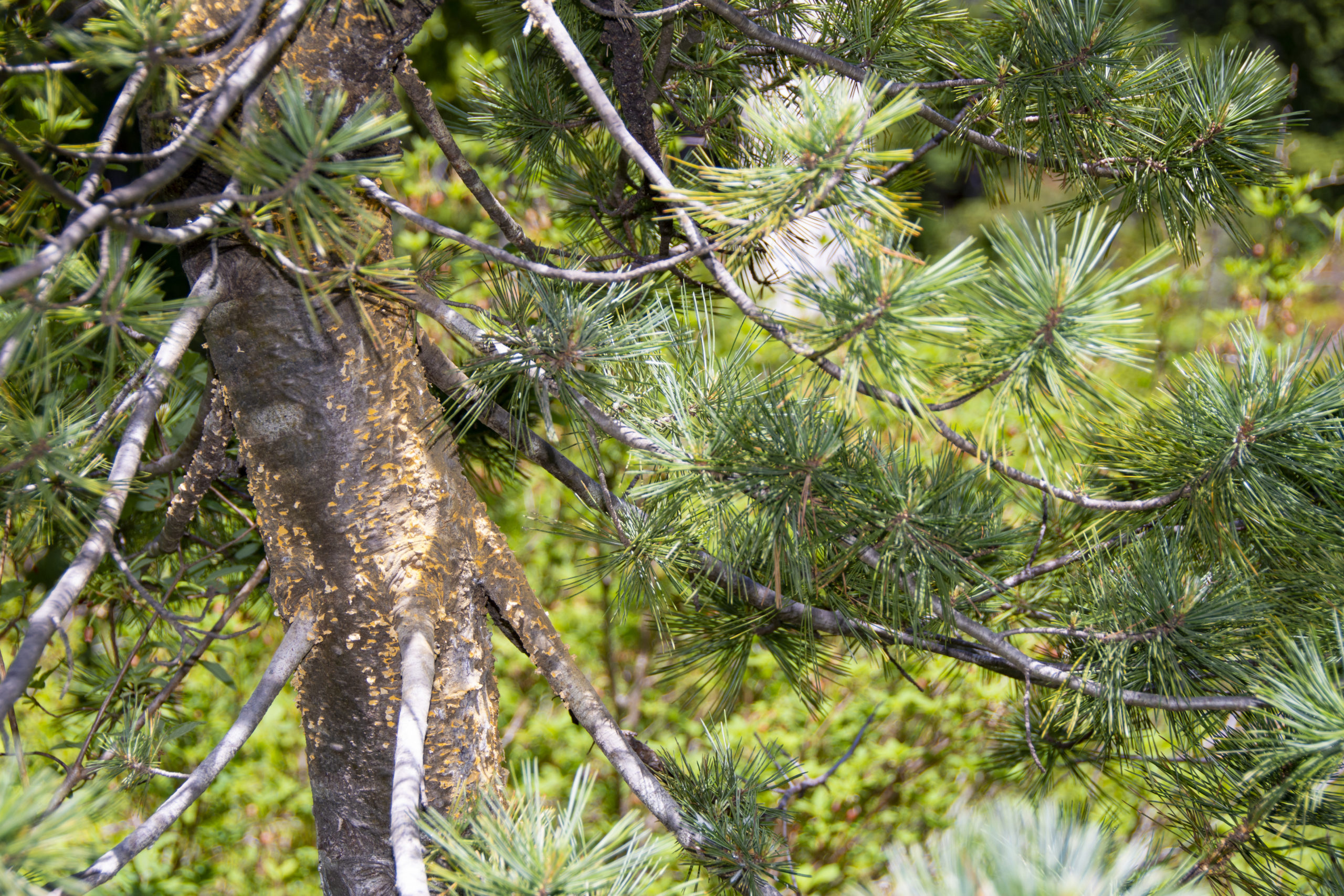 Whitebark pines are unmistakable… But by 2016, over half of those still standing were husks of their former selves… The trees are fighting an uphill battle. The invasive blister rust fungus, mountain pine beetle infestations, changing wildfire patterns and climate change all threaten this keystone species. It was officially listed as threatened by the U.S. Fish and Wildlife Service in December 2022. …It’s been a candidate for protection since 2011 and was listed as endangered in Canada in 2012, but other higher priority species got the focus in the U.S. for years. Listing means new money and formalized safeguards. …The
Whitebark pines are unmistakable… But by 2016, over half of those still standing were husks of their former selves… The trees are fighting an uphill battle. The invasive blister rust fungus, mountain pine beetle infestations, changing wildfire patterns and climate change all threaten this keystone species. It was officially listed as threatened by the U.S. Fish and Wildlife Service in December 2022. …It’s been a candidate for protection since 2011 and was listed as endangered in Canada in 2012, but other higher priority species got the focus in the U.S. for years. Listing means new money and formalized safeguards. …The 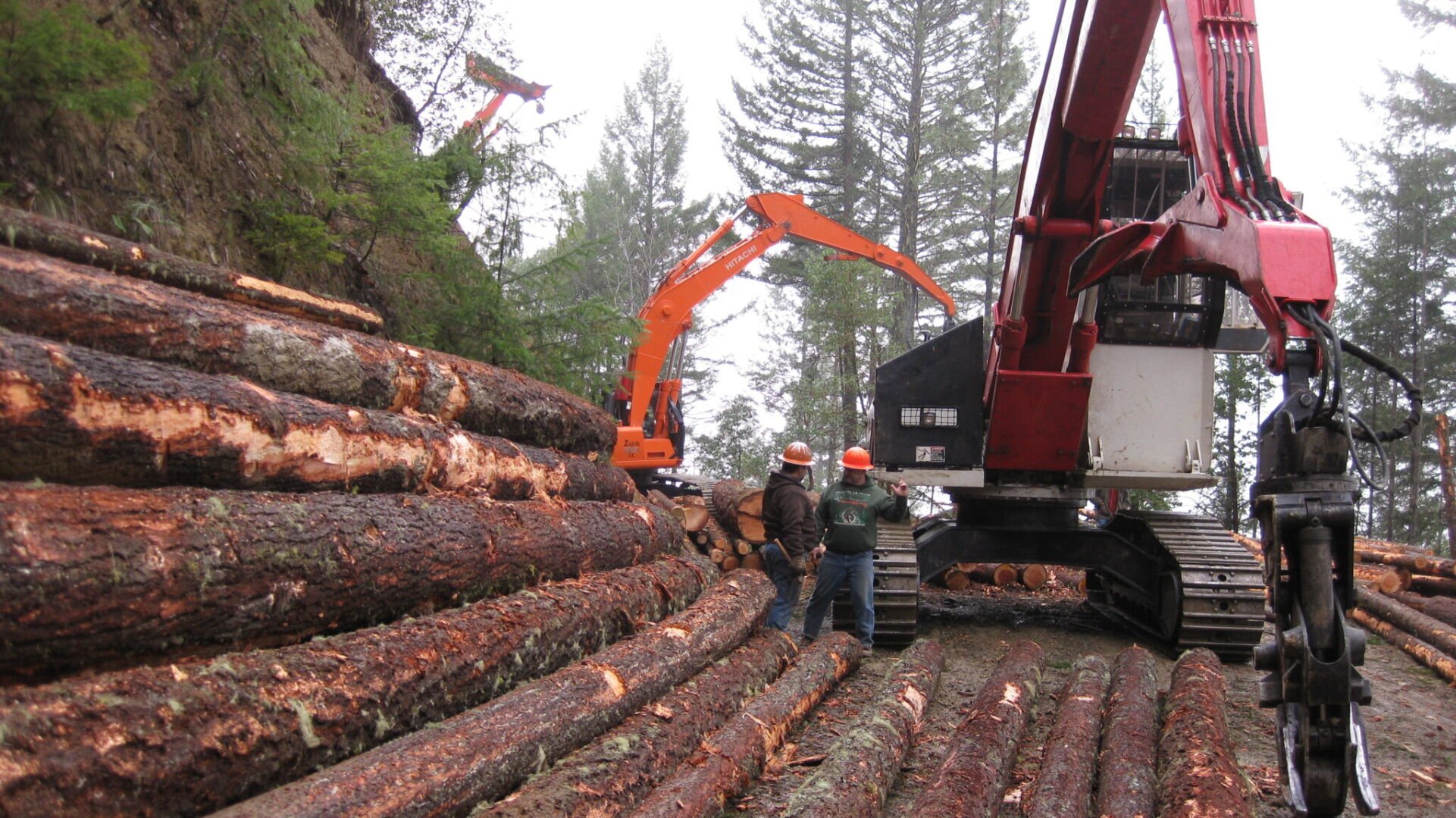

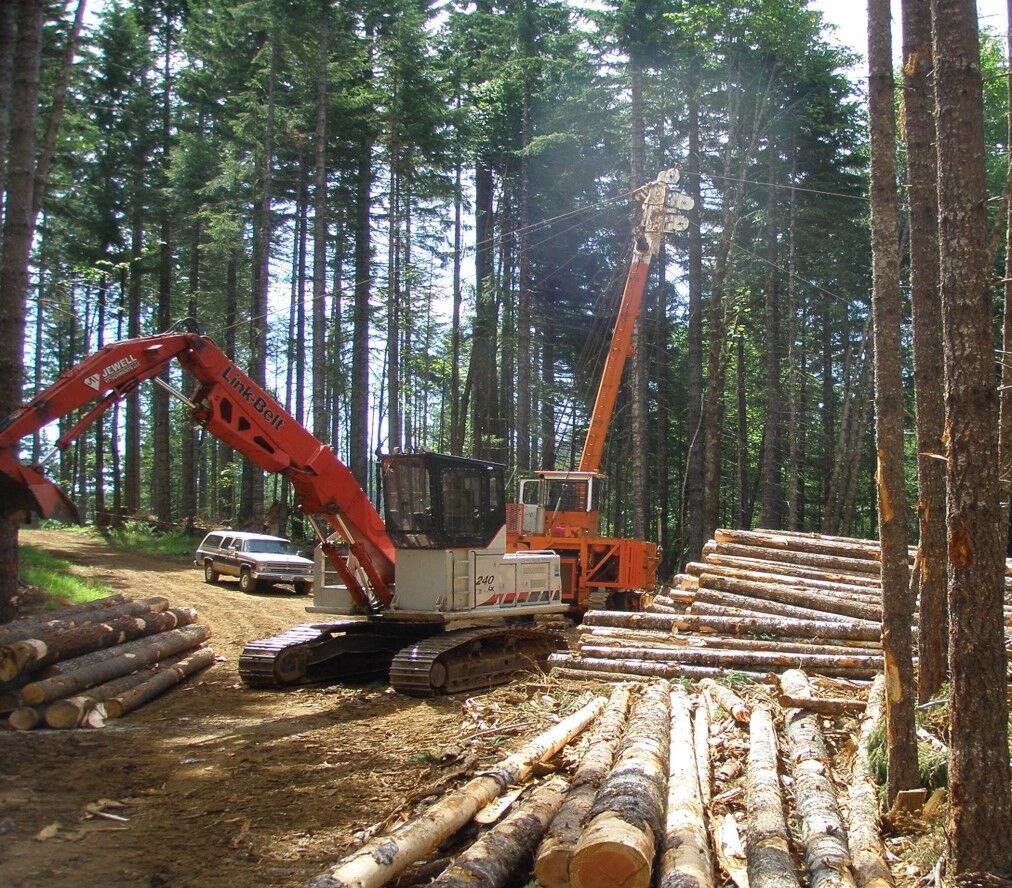
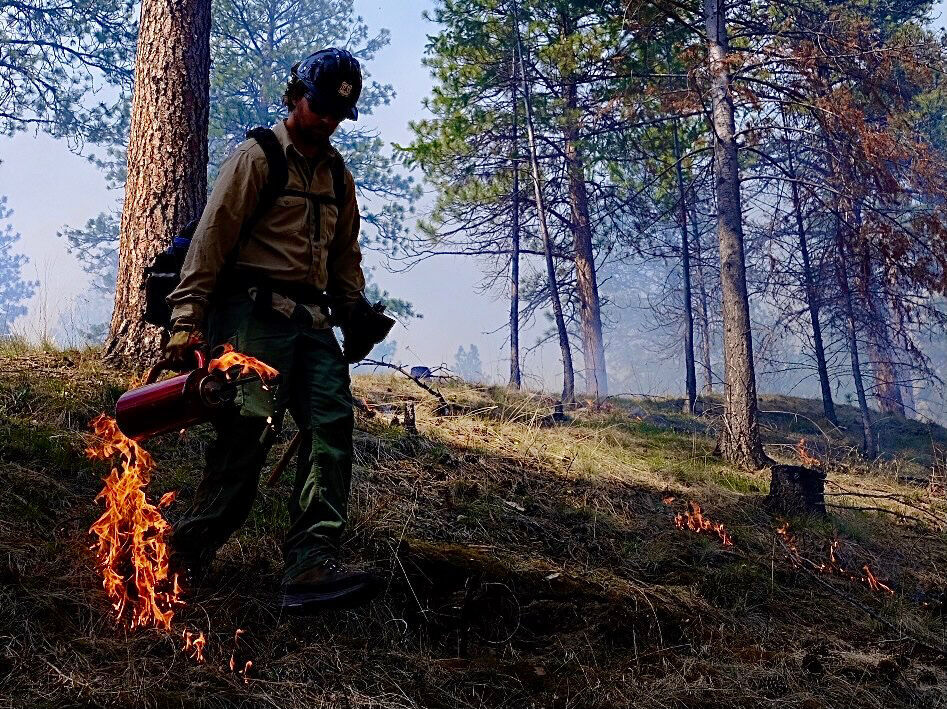
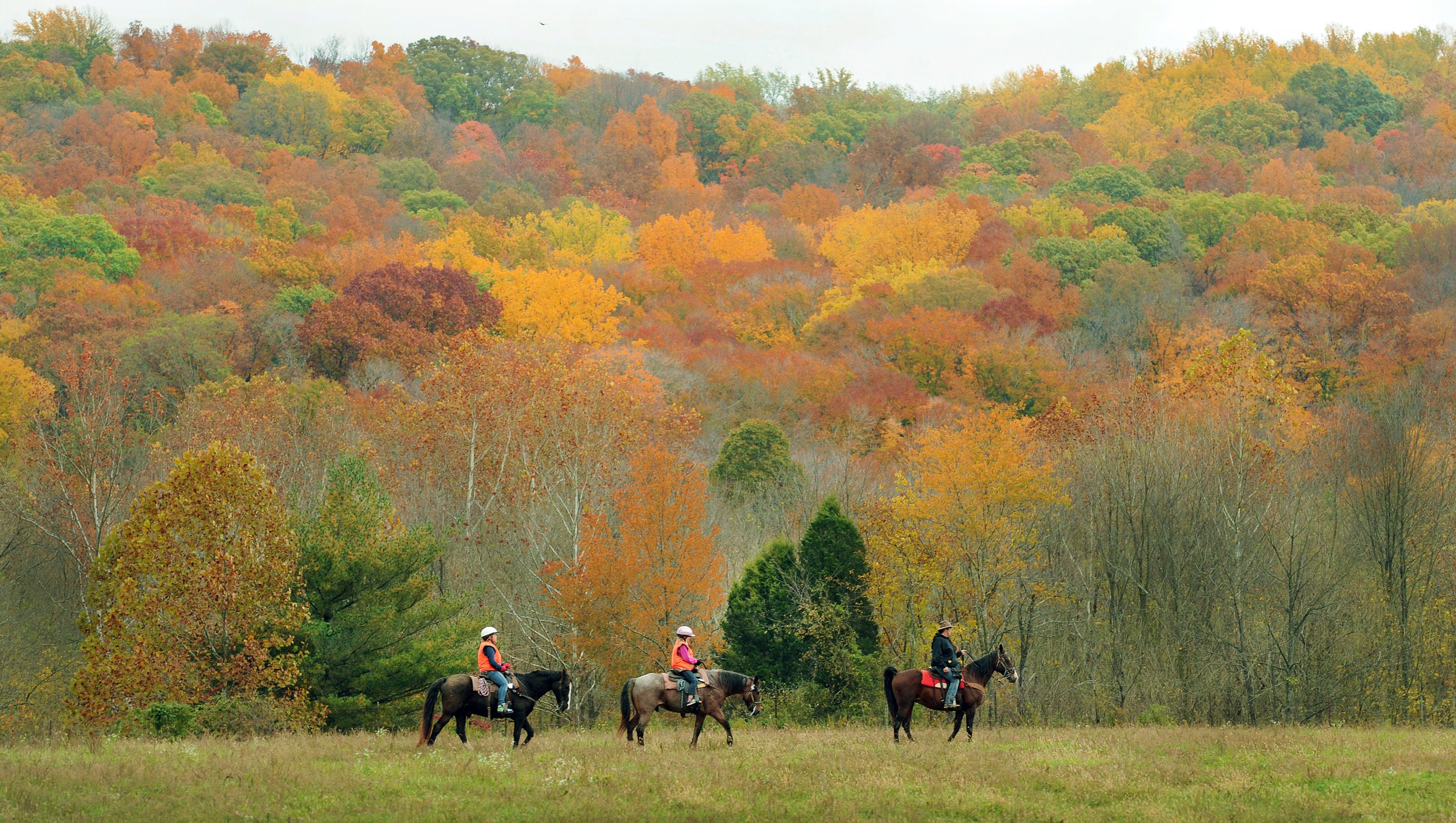






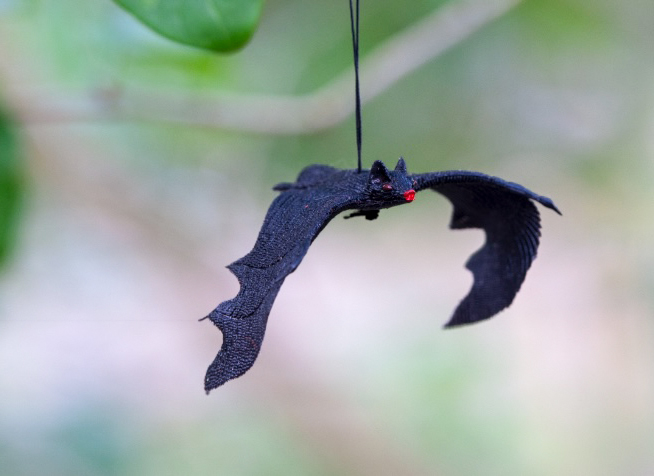 Bats “don’t like wind turbines” and are steering clear of the growing number of forest-based projects in Finland, according to an academic study that flags possible damaging impacts on the creatures’ habitats. Studies of seven forest wind farms on Finland’s west coast showed two bat species keeping up to 1km or more between themselves and the turbines, according to researchers from the Universities of Turku and Helsinki. The team spent a summer observing bats including the Northern, Finland’s most common type, and the Myotis group of species. “Our results showed that bat presence was impacted by the presence of wind turbines as both studied groups were found more often further away from the wind turbines,” said lead author Simon Gaultier. “It is not yet clear if bats avoid the wind turbines themselves, or the surrounding area”, Gaultier added.
Bats “don’t like wind turbines” and are steering clear of the growing number of forest-based projects in Finland, according to an academic study that flags possible damaging impacts on the creatures’ habitats. Studies of seven forest wind farms on Finland’s west coast showed two bat species keeping up to 1km or more between themselves and the turbines, according to researchers from the Universities of Turku and Helsinki. The team spent a summer observing bats including the Northern, Finland’s most common type, and the Myotis group of species. “Our results showed that bat presence was impacted by the presence of wind turbines as both studied groups were found more often further away from the wind turbines,” said lead author Simon Gaultier. “It is not yet clear if bats avoid the wind turbines themselves, or the surrounding area”, Gaultier added. 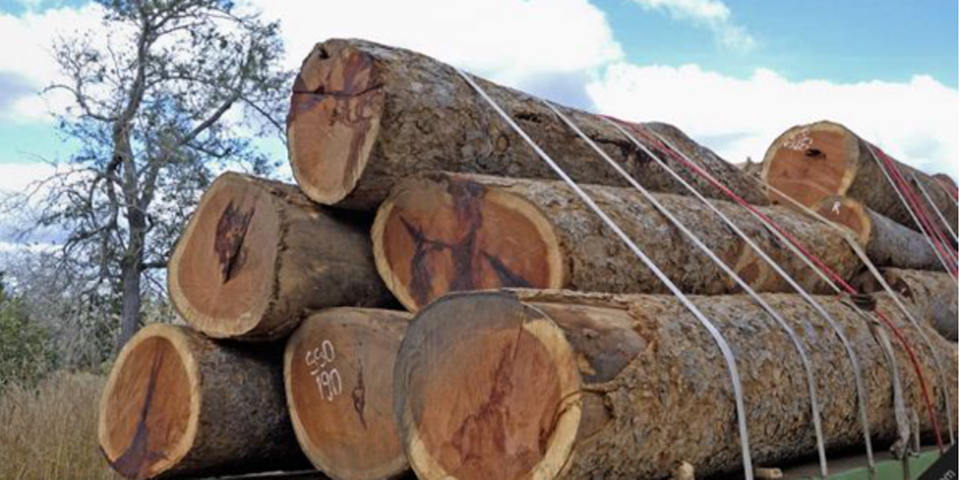


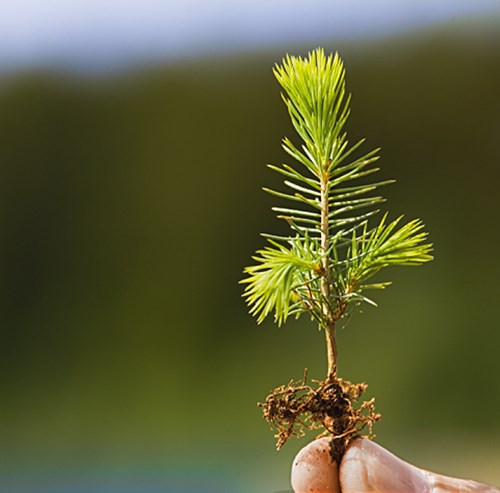
:focal(800x602:801x603)/https://tf-cmsv2-smithsonianmag-media.s3.amazonaws.com/filer_public/19/b5/19b5436e-f7a7-4f5d-8110-202c1cba9972/cross-section-of-sequoia-yosemite-national-park-ca-jared-farmer_web.jpg)
/cloudfront-us-east-2.images.arcpublishing.com/reuters/KGRDX4R2IFKDVNAGPAQGETQXQA.jpg)